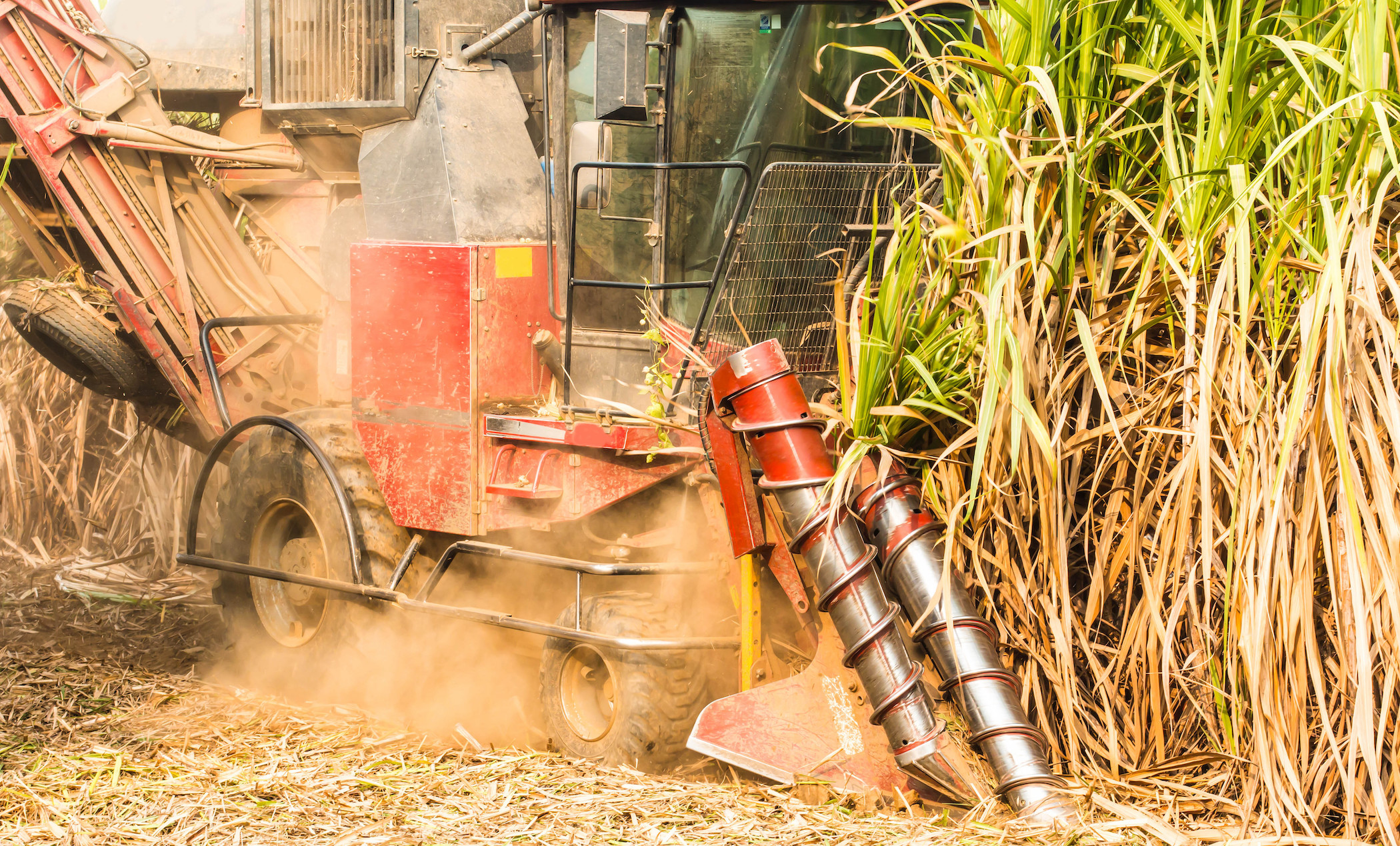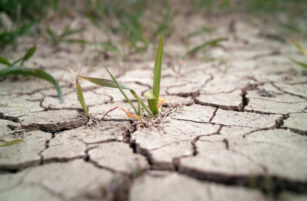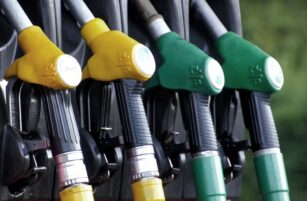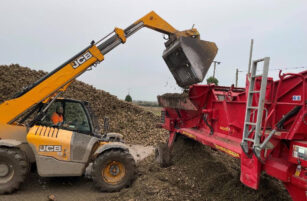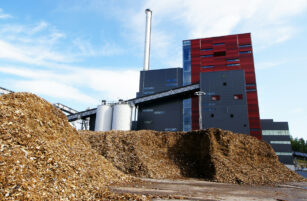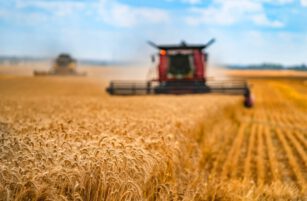- Last time, we explained the trend towards the green harvesting of sugarcane (no burning).
- This has environmental (reduced greenhouse gases) and worker benefits (no toxic fumes).
- If the whole crop is considered a resource, the loss of income may not be as detrimental as once thought.
Closing The Gap
In this article, we’re mostly discussing burnt vs. fresh (green) cane harvesting. Where sugarcane is harvested manually, the arguments and methods are very different. For example, in Thailand, manual cutting and pre-harvest burning is still common, whereas in India, manual green harvesting followed by a post-harvest trash/stubble burn has been commonplace.

In these manual cases, the immediate priority is often the need for harvest mechanization or for semi-mechanized harvesters, typically tractor-mounted and focused on cutting at the base of the cane. Full mechanization will reduce harvest time by around 70%.
The reason that cane is given a pre-harvest burn and then harvested mechanically comes down to cost. Even with the best currently available machines, cutting rates are only around 70% of burned cane and Extraneous Material (EM) is around 5-10% higher. In addition, green cane losses are also around 5-10% higher and up to 25% if extractor fan speeds are not carefully monitored. Fuel costs also increase.
Seemingly, this looks like an uphill battle for conventional sugar production. In my last article, I explained that ethanol production using the whole plant has overcome many of these hurdles.
The gap can also be closed or eliminated in conventional sugar production by allowing for the the following:
- Considering the whole biomass of the crop as a resource including the trash (leaves and tops). The trash can also be bailed for a wide range of uses including animal fodder or even making paper. The benefits of green harvesting in subsequent ratoons also needs to be considered.
- On some soil types, cane burning may become unsustainable.
One of the world’s leading experts in sugarcane production, Dr. Andrew Wood, made this comment on Floridian sugar production:
“Agriculture as currently practiced in the Everglades has a limited future due to the continued oxidation of the peaty soils and their destruction by burning.
“Extensive land subsidence has already occurred on the muck soils and this is likely to continue rapidly while crops like sugarcane are burnt and little organic matter is returned to the soil.
“A system of sugarcane production where the soil is always covered with a thick ‘trash’ blanket (industry terminology for mulch and other organic debris produced in green harvesting) would be much more sustainable.”
In SIA, the physical, chemical (including carbon depletion) and biological condition of the soil is important, as is the potential for erosion and runoff caused by cane burning. The issue of fertilizer gives green harvesting a large advantage and fertilizer is the most expensive field input and significant savings can be made (see below).

Even the above table hides a more important issue; the nitrogen returned to the soil from trash becomes an organic and useable form by the sugarcane plants. It’s common to use urea as the artificial source of nitrogen and much of this is lost to the atmosphere, especially on hot days, by volatilization. In some cases, the plant may only be receiving 30% of the applied nitrogen. That plus nitrogen volatilization is a major source of greenhouse gasses (GHGs).
Green harvesting prevents some of this wastage. The use of Variable Application Rates (VAR) in any system will also help. Equally, for agrochemicals, the trash mulch makes weed control more effective with a reduction of around 35%.
The issues around sugarcane harvesting machinery is an important one. These harvesters are complicated machines and new attributes and the knowledge of them are constantly improving.

A good example is where Sugar Harvesting Australia produced a seminal 76 page Best Harvesting Practice (BHP) with sections on reducing harvester losses and improving harvesting efficiency. Key lessons include choosing the right green harvesting variety, to understanding the relationship between forward speed, extractor fan speed and elevator pour rate. If the lessons were all learned and applied from this document, losses would be much reduced.
Harvesting machinery technology for many years has focused on machine performance and speed including the introduction of the dual row harvester. However, as green harvesting grows, there’s every reason to believe that technology will be focused on related technologies such as automatic basecutters, height adjusters, yield monitors, GPS guidance, and monitoring cameras. All of these can be used in burned cane but are infinitely more valuable in green harvesting. It’s also likely that sugar mills will improve systems for trash and EM removal.
Intercropping is a much greater possibility after green harvesting and can be easily introduced with either manual systems or simple semi-harvester machinery, found in many parts of Asia. Trash and leaves can be placed between double rows and the other row in between for stalks. If possible, the trash can be further chopped to provide some mulch for the intercrop. This is more difficult with burned cane because of the ash and lack of nutrients, which inhibits growth of the intercrop. There are many successful choices including nitrogen fixing crops such as soybean, or groundnuts, and crops such as oilseeds, potatoes and maize (corn) all work well. The ideal cane row spacing for maximum sugar cane yield and intercrop area is 120-140 cm.

Conclusion
- The last two articles present a compelling argument for moving from burned to green cane harvesting.
- It’s happening quickly and has been achieved already in many of the most important sugar producing countries.
- It’s a good example of SIA principles causing significant and much needed change.

Other Opinions You May Be Interested In…

